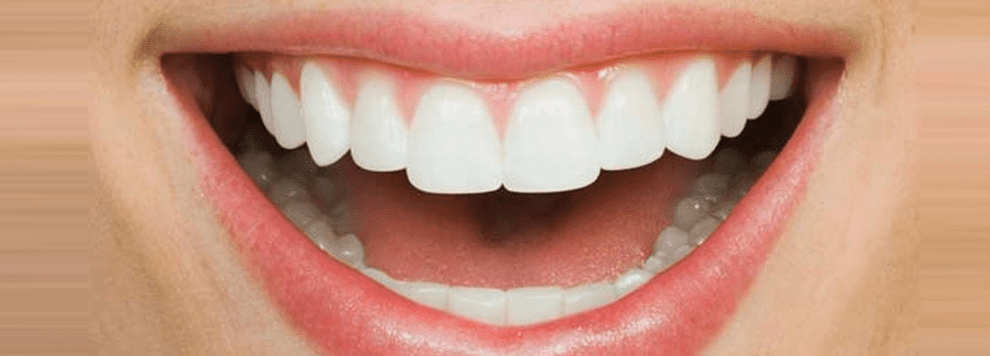Dental implants are proven successful for missing teeth replacements, however it has been revealed in a study that there’s a rare occurrence of failure of the procedure amongst patients. Some of the common reasons of dental implant failure include mechanical problems, rejection or infection, improper connection to the bones wherein the artificial tooth has been implanted, and more. When failure occurs, the only solution is to remove the dental implants.
Common Reason of Implant Failure:
The biggest reason behind the failure of dental implant is called Peri-implantitis. Peri-implantitis refers to the destructive inflammatory process that impacts the soft and hard tissues that surround the dental implants. Pathogenic microbes in the mouth and oral cavities gradually turn into biofilms. This biofilm, when developed on dental implants, leads to this condition.
A Revolutionary New Method
A research team of scientists have developed and evaluated the feasibility of a new nanocoating technology that shall be implemented to reduce the failure rates of dental implants. The team developed a new approach by combining titanium oxide, silver and hydroxyapatite nanocoatings. This combination is then applied to the surface of the titanium implants, which successfully restricted the growth of bacteria alongside reducing the creation of biofilms on the dental implant surface, by upto 97.5 per cent.
Scientists from the School of Biological Sciences, School of Engineering at the University of Plymouth and Peninsula Schools of Medicine and Dentistry, have joined forces to make this initiative possible. While the results not just inhibited bacterial growth and infection, the anti-biofilm properties also paved the way for better integration of dental implants to the surrounding bone. The process of bone healing was also observed to be accelerated in the process.
What the Research Experts Have to Say:
Professor Chrsitopher Tredwin, Head of Plymouth University Peninsula School of Dentistry, explained that their work has opened up the possibilities for increased patient comfort and satisfaction. The costs has also been reduced with the execution of this method and should be slowly progressing towards clinical practice.
Professor Richard Handy explicated that there are no specific guidelines with regards to dental or medical implant legislation, and they are trying to make this a possibility. The medical devices and implants used for the procedure must serve the intended purpose and should be safe for use. They are also ready to demonstrate the effectiveness of this discovery with animal models, and subsequently human volunteers.
A New, Low Risk Strategy
Dr Alexandros Besinis, lecturer in mechanical engineering at the University of Plymouth School of Engineering headed the research team. He clarified that the present strategy of making a dental implant surface antibacterial is only effective for the short term. In the new approach, a dual-layered Silver-hydroxyapatite nanocating titanium alloy medical implants is offered to overcome failures and reduce any risks that’s prevelant today.

